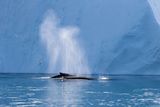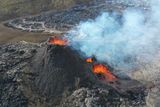Isaacman emphasizes accelerating NASA programs as he takes agency’s reins

New NASA Administrator Jared Isaacman said he wants NASA to move faster on programs such as Artemis but acknowledged he needs time to get up to speed on NASA’s activities.
The post Isaacman emphasizes accelerating NASA programs as he takes agency’s reins appeared first on SpaceNews.















